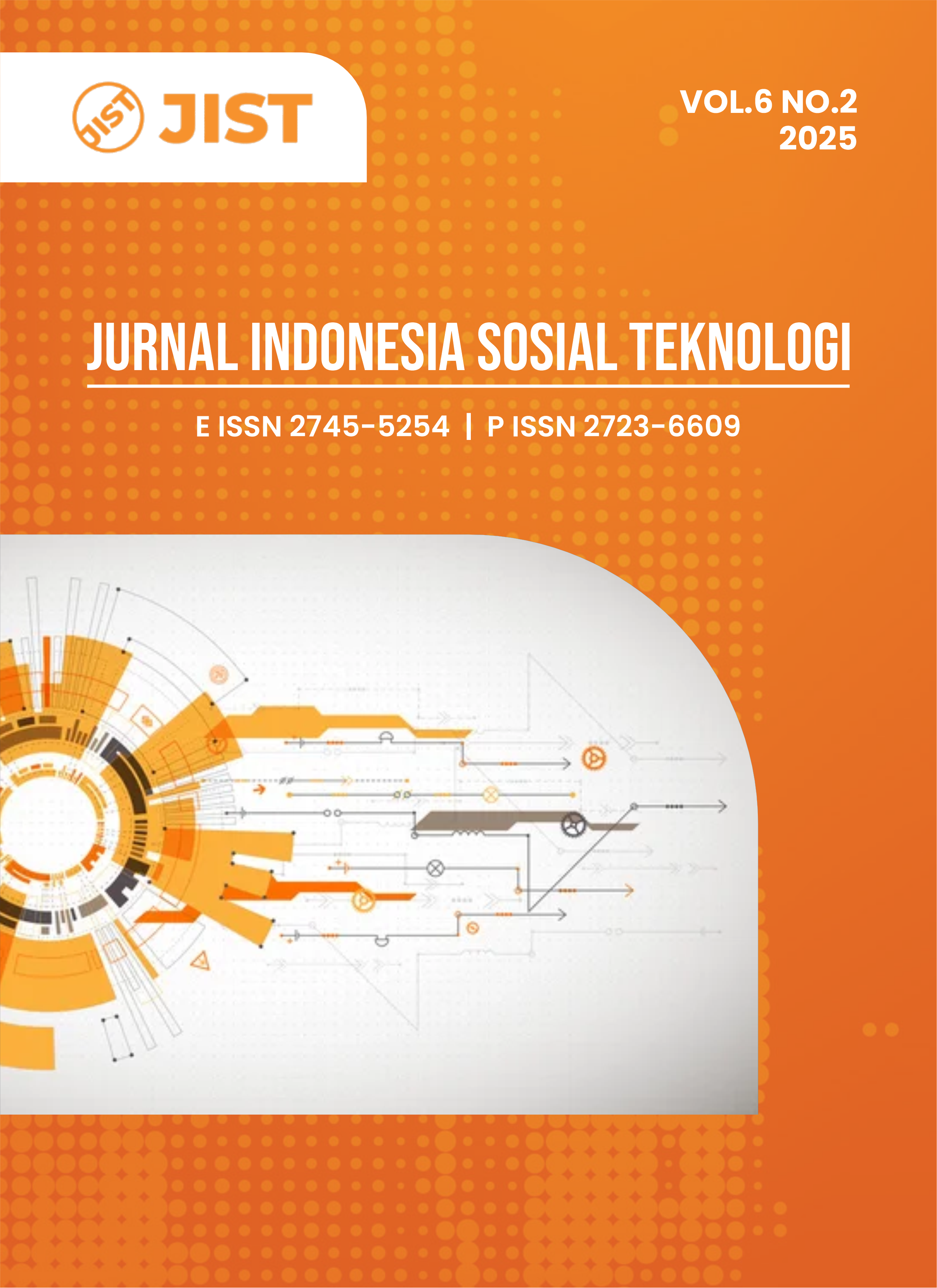The Role of Artificial Intelligence in the Development of 3D Facial Reconstructions on Skull Bones as a Forensic Investigation Solution
DOI:
https://doi.org/10.59141/jist.v6i2.5339Keywords:
3D Rekonstruksi Wajah, Artificial Intelligence, Investigas Forensik, Tissue Depth Distribution, Three Dimensional Deep LearningAbstract
Forensic cases often provide challenges to forensic researchers in conducting investigations, one of which is to identify the body. As technology develops and the digital era, the use of AI technology can also be applied to forensic cases. One of them is in performing facial reconstruction using Artificial Intelligence technology, such as Convolutional Neural Networks (CNN), and Three Dimensional Deep Learning (TDD). The three main components used are 1) Tissue Depth Distribution (TDD), (2) Initial Face Generation, and (3) Anatomy-Guided Face Adaptation. This technique combines biological profiles and performs tissue depth distribution analysis so that it can produce accurate facial reconstructions.
Downloads
Published
How to Cite
Issue
Section
License
Copyright (c) 2025 Alvina Setiawardani, Ateeq Ur Rahman, Anisa Nadila Utama, Juni Sungsang Prakosa, Yuwono Ariyanto Susilo

This work is licensed under a Creative Commons Attribution-ShareAlike 4.0 International License.
Authors who publish with this journal agree to the following terms:
- Authors retain copyright and grant the journal right of first publication with the work simultaneously licensed under a Creative Commons Attribution-ShareAlike 4.0 International. that allows others to share the work with an acknowledgement of the work's authorship and initial publication in this journal.
- Authors are able to enter into separate, additional contractual arrangements for the non-exclusive distribution of the journal's published version of the work (e.g., post it to an institutional repository or publish it in a book), with an acknowledgement of its initial publication in this journal.
- Authors are permitted and encouraged to post their work online (e.g., in institutional repositories or on their website) prior to and during the submission process, as it can lead to productive exchanges, as well as earlier and greater citation of published work.










